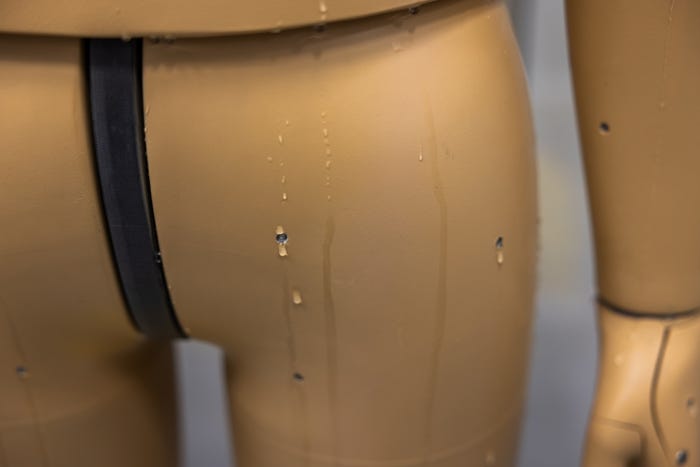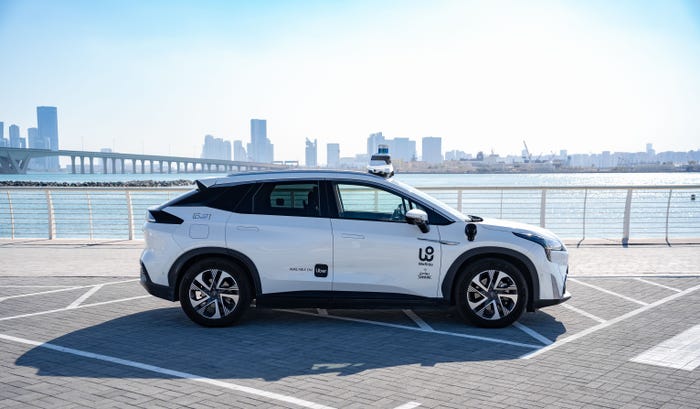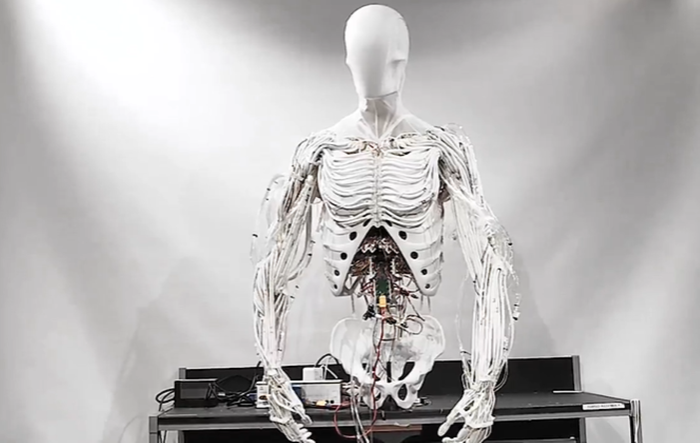Researchers Develop Sweating Robot to Test Extreme Heat Environments
The mannequin-style robot is designed to help understand human reaction to extreme temperatures

Arizona State University (ASU) researchers have designed a sweating, breathing, walking robot that can be used to study the effects of extreme temperature on the human body.
Dubbed ANDI, the robot was custom-built by Thermetrics and features 35 surface areas that can be individually controlled with temperature sensors, allowing the design to be adapted to mimic differences in bodily temperatures.
“ANDI sweats; he generates heat, shivers, walks and breathes,” said Konrad Rykaczewski, principal investigator. “There's a lot of great work out there for extreme heat, but there's also a lot missing. We're trying to develop a very good understanding (of how heat impacts the human body) so we can quantitatively design things to address it.”

Credit: ASU
ANDI is already being used for product testing by athletic clothing companies, though ASU’s model is one of only two used for research purposes.
The team’s research comes in the face of rising global temperatures and extreme heat, with heat-related deaths rising as a result of these changes. The ASU researchers say they hope to better understand the impact of heat on the body and create designs to mitigate some of its effects, such as cooling clothes or exoskeletons.
ANDI is housed in a heat chamber the team can control to simulate different heat-exposure scenarios. The chamber is fitted with sensors that control wind, bring temperatures up to 140 degrees Fahrenheit and simulate solar radiation.
This summer, the team plans to test ANDI in the outside world alongside its biometeorological heat robot, MaRTy. MaRTy is used to measure environmental factors including air temperature, humidity, wind speed and direction and Mean Radiant Temperature, while ANDI will be used to study the effect of these external factors on heat and sweating patterns.
“MaRTy can tell us how the built environment modifies the amount of heat that hits the body, but MaRTy doesn't know what happens inside the body,” said Ariane Middel, study co-author. “MaRTy measures the environment, and then ANDI can then tell us how the body can react.”
The pair of robots will first be taken around ASU’s campus to test the area, and eventually make trips around the greater Phoenix area to be tested in heat-vulnerable environments.
About the Author
You May Also Like








